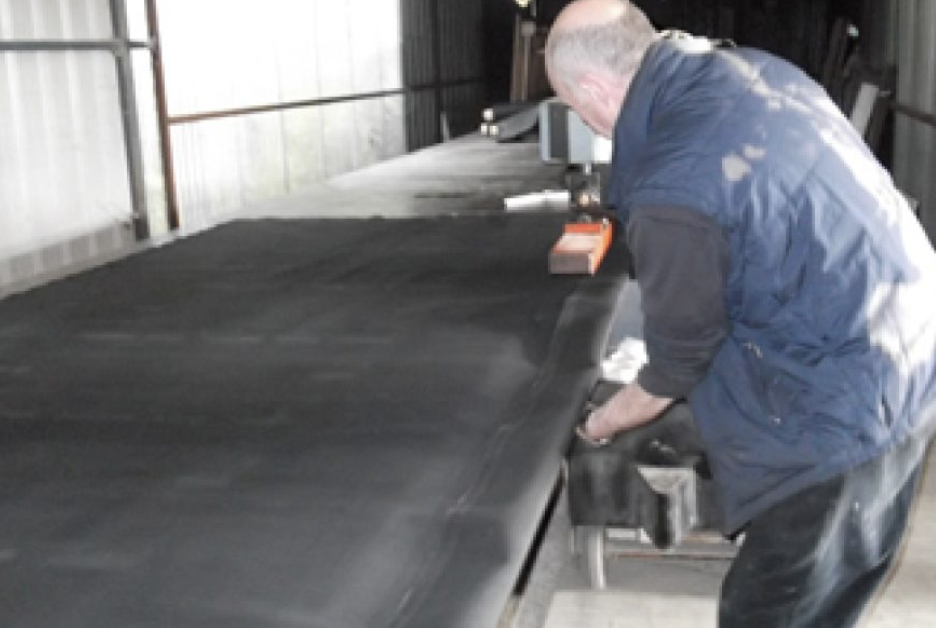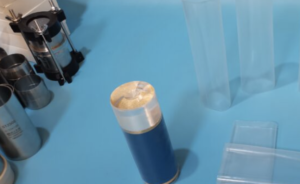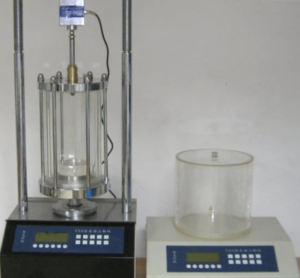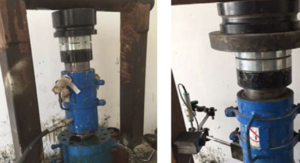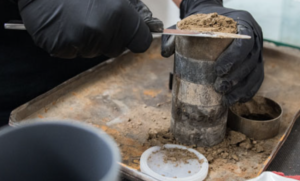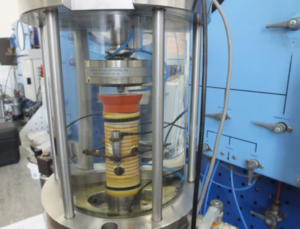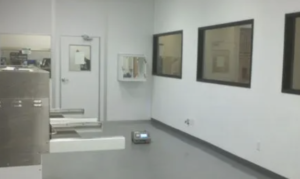What is the Difference Between EPDM and Butyl Rubber?
When it comes to sealing, insulation, and waterproofing, EPDM and butyl rubber are two of the most commonly used synthetic rubbers. At a glance, they may seem interchangeable—but their chemical structure, performance characteristics, and application strengths differ in important ways. Whether you’re designing a roof membrane or sealing a chemical tank, understanding these differences helps you choose the right material for the job.
Chemical Composition and Structure
At the molecular level, the two rubbers come from different polymer families, which explains their contrasting behaviors.
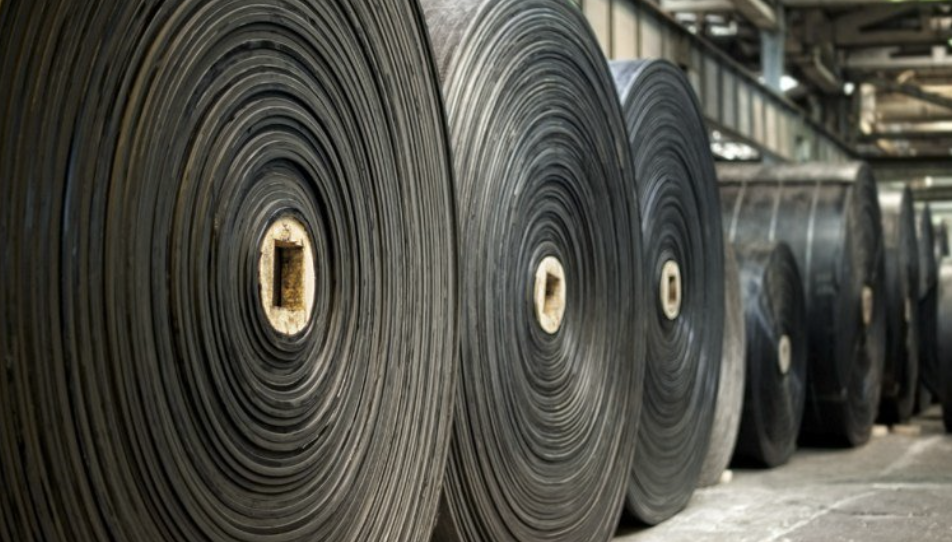
| Propiedad | EPDM | Butyl Rubber (IIR)1 |
|---|---|---|
| Base polymers | Ethylene, Propylene, Diene Monomer | Isobutylene + small amount of isoprene |
| Backbone structure | Saturated (except diene sites) | Mostly saturated with low reactivity |
| Crosslinking method | Peroxide or sulfur vulcanization | Often halogenated to improve bonding |
| Density | ~0.86 g/cm³ | ~0.92 g/cm³ |
EPDM2 is chemically engineered to resist degradation, especially from sunlight and oxygen. Butyl rubber, with its compact molecular structure, excels at forming barriers against gas and moisture.
Weather Resistance vs. Gas Impermeability
Both rubbers are designed for durability, but they excel in different environments.

| Característica | EPDM | Butyl Rubber |
|---|---|---|
| UV & ozone resistance | Excelente | Bien |
| Moisture barrier | Moderado | Excepcional |
| Gas permeability | Moderado | Extremely low |
| Oxidation resistance | Excelente | Bien |
| Long-term outdoor aging | Superior | Moderate (requires protection) |
EPDM is preferred for roofing, window seals, and outdoor gaskets3 thanks to its resistance to weather and oxidation. Butyl is more suitable where airtight and watertight sealing4 is essential—like in tire inner tubes or chemical liners.
Flexibility and Temperature Range
In applications that involve expansion, movement, or extreme temperatures, flexibility matters just as much as sealing performance.

| Performance Trait | EPDM | Butyl Rubber |
|---|---|---|
| Flexibility at low temps | Maintains elasticity down to -50°C | Good down to -40°C |
| Heat resistance | Up to 150°C | Up to 120°C |
| Recovery after deformation | Alto | Moderado |
| Fatigue resistance | Excelente | Bien |
For dynamic sealing or freezing environments5, EPDM performs better. Butyl holds its shape better in static conditions6 where long-term barrier integrity is key.
Application Suitability and Cost Considerations
The choice between EPDM and butyl often comes down to where and how the material will be used—and the project’s budget.
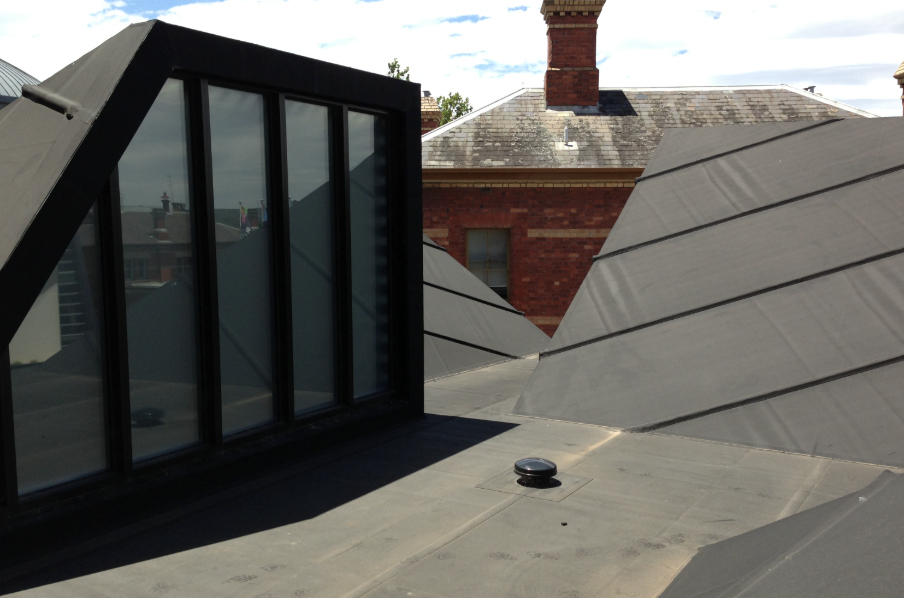
| Caso de uso | EPDM | Butyl Rubber |
|---|---|---|
| Roofing membranes | ✓ Highly common | — Less common |
| Automotive door/weather seals | ✓ Used widely | ✓ Used in sound/vibration dampening |
| Tire inner tubes | — | ✓ Industry standard |
| Pond and tank liners | ✓ Cost-effective | ✓ Premium impermeability |
| Adhesive tape backing | ✓ Some use | ✓ Strong adhesion & flexibility |
| Average material cost (per kg) | Más bajo | Higher (~30–50% more) |
EPDM is more budget-friendly and ideal for high-volume outdoor uses7. Butyl commands a premium but delivers superior sealing8 in critical or high-moisture environments.
Conclusión
EPDM and butyl rubber serve different roles in the world of flexible materials. If your project demands resilience to weather, UV, and temperature swings, EPDM is your go-to. But if you need tight seals, gas barriers, or chemical resistance, butyl rubber is often worth the extra cost. Choosing the right material starts with knowing the difference—and now you do.
-
Learn about Butyl Rubber’s unique properties that make it effective for gas and moisture barriers, crucial for many industrial uses. ↩
-
Explore the advantages of EPDM rubber, known for its durability and resistance to environmental factors, making it ideal for various applications. ↩
-
Explore this link to understand why EPDM is the go-to material for outdoor applications, ensuring durability and weather resistance. ↩
-
Discover the unique properties of butyl rubber that make it ideal for sealing, especially in critical applications like tires and chemical liners. ↩
-
Explore this link to discover the best materials suited for dynamic sealing and freezing conditions, enhancing your project outcomes. ↩
-
Learn more about butyl rubber’s performance in static conditions to ensure long-term barrier integrity in your applications. ↩
-
Explore this link to understand why EPDM is preferred for outdoor applications, focusing on its cost-effectiveness and durability. ↩
-
Discover the unique properties of butyl rubber that enhance its sealing capabilities, especially in challenging conditions. ↩

